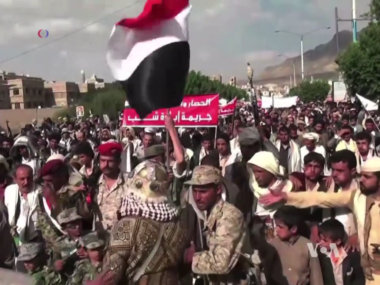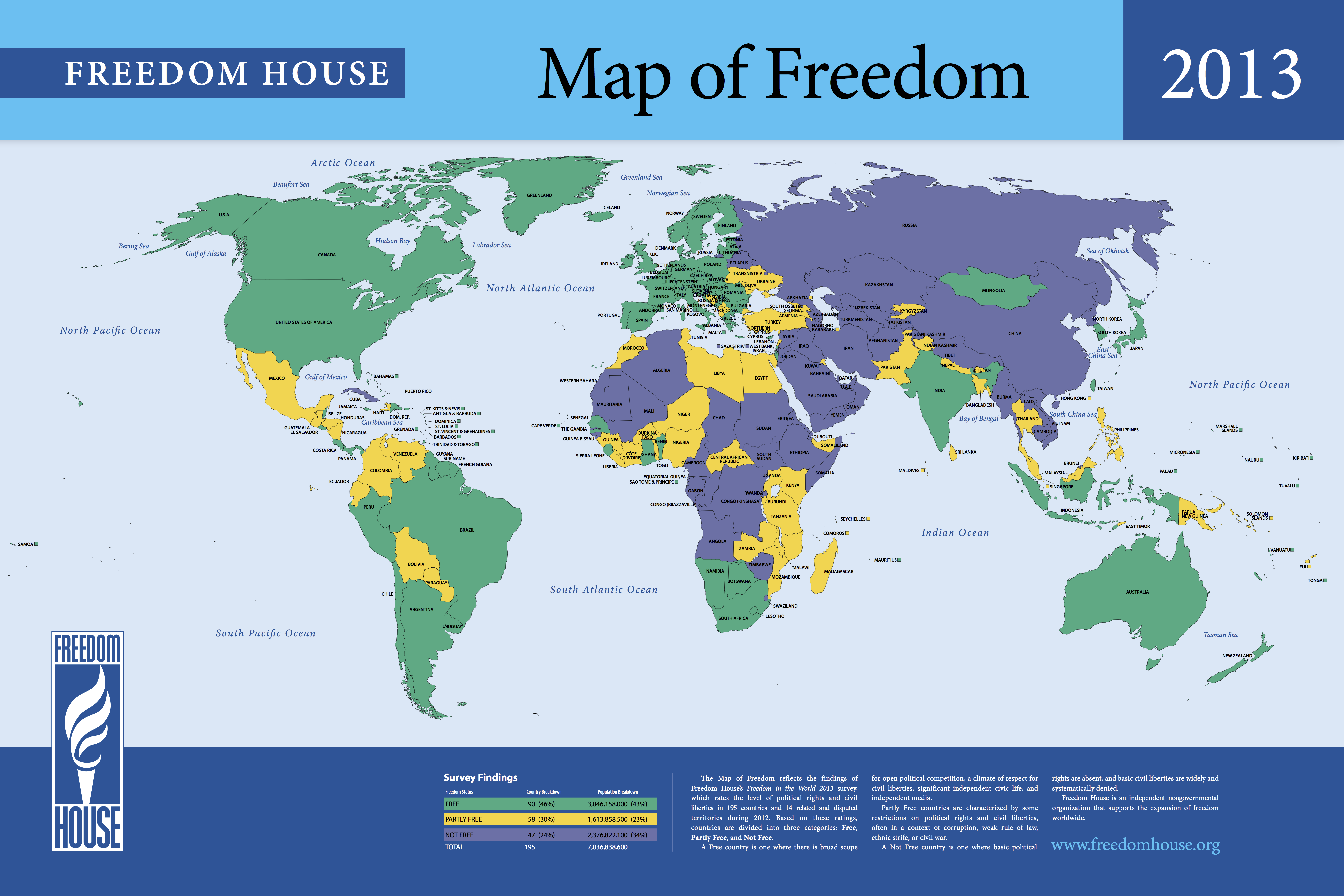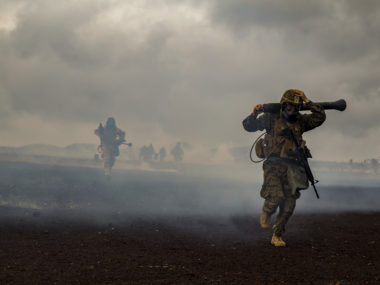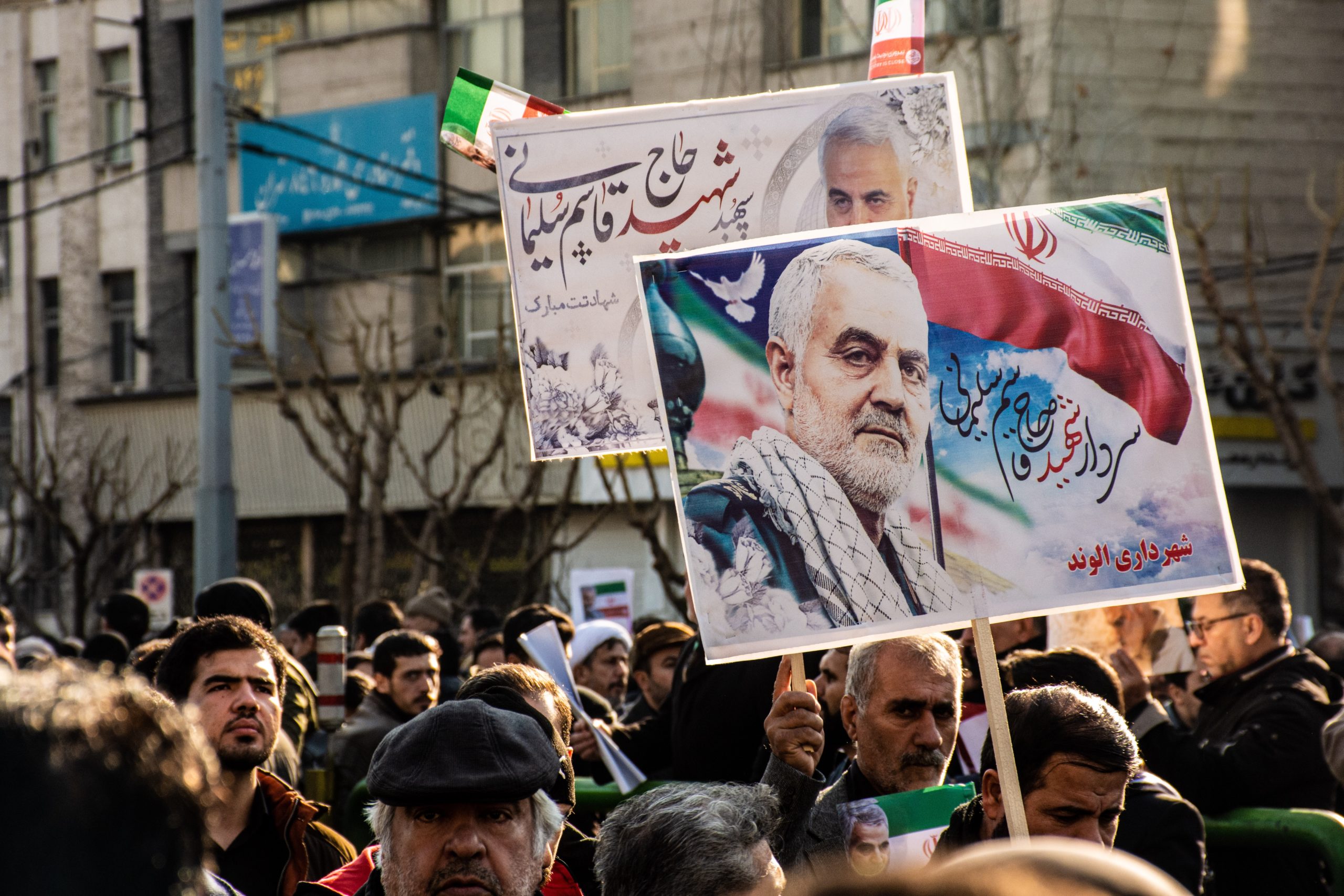Guest post by Justin Schon.
Between the end of 2006 and the end of 2008, two-thirds of the population of Mogadishu fled amidst fighting between Ethiopian forces, AMISOM, al Shabaab, and dozens of other armed groups. Since the Syrian conflict began in March 2011, more than 50% of the Syrian population have fled their homes to become internally displaced persons (IDPs) or refugees. Such massive displacement levels can be observed in many other conflicts as well.
Intuitively, and as empirically demonstrated in an extensive research program (here, here, and here), armed conflict tends to displace large numbers of civilians. Here, rather than asking why so many people flee their homes during conflict, we should ask why everyone does not flee. In my recently published article in Civil Wars, I argue that the violence and uncertainty at checkpoints are crucial factors.
Through a statistical analysis of the impact of violence on internal displacement in Somalia from 2007 – May 2013, I provide additional support to arguments that violence in residential areas (home violence) motivates displacement. Yet, I also find that violence along migration routes (road violence) deters displacement. Uncertainty about home violence (home uncertainty) and about road violence (road uncertainty) amplifies these effects. In fact, home uncertainty and road uncertainty appear to influence displacement just as much, if not more, than violence itself.
To explain these relationships, I conducted interviews with Syrian and Somali refugees in the summers of 2014 and 2015. These interviews suggest that the deterrence of road violence and road uncertainty primarily comes from a unique type of location: checkpoints. Checkpoints, ideally created in order to help governments protect their citizens, are also significant sources of violence. Even worse, this violence often does not follow patterns recognizable to civilians. Depending on the context, this can result in institutionally-driven or individually-driven uncertainty. Such uncertainty amplifies the deterrent effect that checkpoint violence already creates.
I argue that armed groups tolerate, and even intentionally create, violence and uncertainty at checkpoints in order to facilitate the spread of displacement-deterring propaganda. While propaganda is often associated with media sources, recent work on “propaganda of the deed” also shows that the violence and activities of armed groups can create propaganda.
Civilians widely discuss the vivid images that checkpoints can produce. One Syrian respondent told me about how a bus full of civilians was blown up at a checkpoint. A Somali respondent recalled the stench of the corpse of a Hawiye poet filling the air, as soldiers at the checkpoint would not allow civilians to collect the body. Discussions of these experiences, beyond just the experiences themselves, can very effectively deter displacement. As another Somali respondent explained:
“Every time we would arrive at a checkpoint, we were scared. My mother would tell all of us [the children] to be quiet. Tense negotiations would occur, after which we prayed the soldiers would not just shoot us for fun.”
Civilians who stay home due to displacement-deterring propaganda are arguably in the most vulnerable category of civilians during conflict. As Stephen Lubkemann put it, they face “involuntary immobility.” Involuntary immobility exists when civilians want to move but they are unable to do so due to violence or other constraints. Civilians who stay home willingly and civilians who move when they want to move are able to assert their agency. Civilians facing involuntary immobility are not. Once in this position of vulnerability, we should expect that these civilians are more likely to suffer violent attacks, sexual violence, and forced recruitment into armed groups. Therefore, since displacement-deterring propaganda contributes to the likelihood that civilians will face involuntary immobility, humanitarian efforts during conflict must seek methods to counter it.
Violence in the Somali and Syrian conflicts is ongoing. Despite such high displacement levels in recent years, more people remain who wish to flee their homes. Yet, they often do not because they do not feel that it is safe to move. Helping civilians escape conflict zones must be about more than protecting them from violence. It must also involve countering displacement-deterring propaganda.
Justin Schon is a PhD Candidate in the Department of Political Science at Indiana University Bloomington.








1 comment
Just this morning, after a news report, my wife and I were wondering how people could or would remain in places like Aleppo given that it has been under siege for so many years.
The explanation below arrived in my inbox almost as though it knew we were wondering.
On Sep 26, 2016 8:01 AM, “Political Violence @ a Glance” wrote:
> politicalviolenceataglance posted: “Guest post by Justin Schon. Between > the end of 2006 and the end of 2008, two-thirds of the population of > Mogadishu fled amidst fighting between Ethiopian forces, AMISOM, al > Shabaab, and dozens of other armed groups. Since the Syrian conflict began > ” >